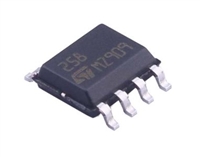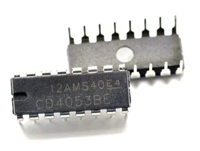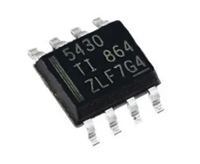| 是否Rohs认证: | 不符合 | 生命周期: | Obsolete |
| 零件包装代码: | QFP | 包装说明: | LFQFP, QFP144,.87SQ,20 |
| 针数: | 144 | Reach Compliance Code: | unknown |
| HTS代码: | 8542.31.00.01 | 风险等级: | 5.73 |
| Is Samacsys: | N | 地址总线宽度: | 32 |
| 边界扫描: | YES | 总线兼容性: | PCI; CARDBUS |
| 最大时钟频率: | 33.33 MHz | 数据编码/解码方法: | BIPH-LEVEL(MANCHESTER) |
| 最大数据传输速率: | 12.5 MBps | 外部数据总线宽度: | 32 |
| JESD-30 代码: | S-PQFP-G144 | JESD-609代码: | e0 |
| 长度: | 20 mm | 低功率模式: | YES |
| 串行 I/O 数: | 2 | 端子数量: | 144 |
| 最高工作温度: | 70 °C | 最低工作温度: | |
| 封装主体材料: | PLASTIC/EPOXY | 封装代码: | LFQFP |
| 封装等效代码: | QFP144,.87SQ,20 | 封装形状: | SQUARE |
| 封装形式: | FLATPACK, LOW PROFILE, FINE PITCH | 峰值回流温度(摄氏度): | NOT SPECIFIED |
| 电源: | 3.3,3.3/5 V | 认证状态: | Not Qualified |
| 座面最大高度: | 1.6 mm | 子类别: | Serial IO/Communication Controllers |
| 最大压摆率: | 230 mA | 最大供电电压: | 3.6 V |
| 最小供电电压: | 3 V | 标称供电电压: | 3.3 V |
| 表面贴装: | YES | 技术: | CMOS |
| 温度等级: | COMMERCIAL | 端子面层: | Tin/Lead (Sn/Pb) |
| 端子形式: | GULL WING | 端子节距: | 0.5 mm |
| 端子位置: | QUAD | 处于峰值回流温度下的最长时间: | NOT SPECIFIED |
| 宽度: | 20 mm | uPs/uCs/外围集成电路类型: | SERIAL IO/COMMUNICATION CONTROLLER, LAN |
| Base Number Matches: | 1 |
| 型号 | 品牌 | 描述 | 获取价格 | 数据表 |
| 2114-3CA | ETC | x4 SRAM |
获取价格 |

|
| 2114-3CB | ETC | x4 SRAM |
获取价格 |

|
| 2114-3CE | ETC | x4 SRAM |
获取价格 |

|
| 2114-3DM | FAIRCHILD | Standard SRAM, 1KX4, 300ns, MOS, CDIP18, |
获取价格 |

|
| 2114-3DMQB | FAIRCHILD | Standard SRAM, 1KX4, 300ns, MOS, CDIP18, |
获取价格 |

|
| 21143-PC | ETC | LAN Node Controller |
获取价格 |

|
 MAX6675资料手册参数详解、引脚配置说明
MAX6675资料手册参数详解、引脚配置说明

 LM258引脚图及功能介绍、主要参数分析
LM258引脚图及功能介绍、主要参数分析

 CD4052资料手册参数详解、引脚配置说明
CD4052资料手册参数详解、引脚配置说明

 一文带你了解TPS5430资料手册分析:参数介绍、引脚配置说明
一文带你了解TPS5430资料手册分析:参数介绍、引脚配置说明

工作时间:9:00-21:00
CEO邮箱:ceo@jiepei.com
投诉邮箱:tousu@jiepei.com
 浙公网安备 33010502006866号 浙ICP备10014259号-119
营业执照ICP证
浙公网安备 33010502006866号 浙ICP备10014259号-119
营业执照ICP证











